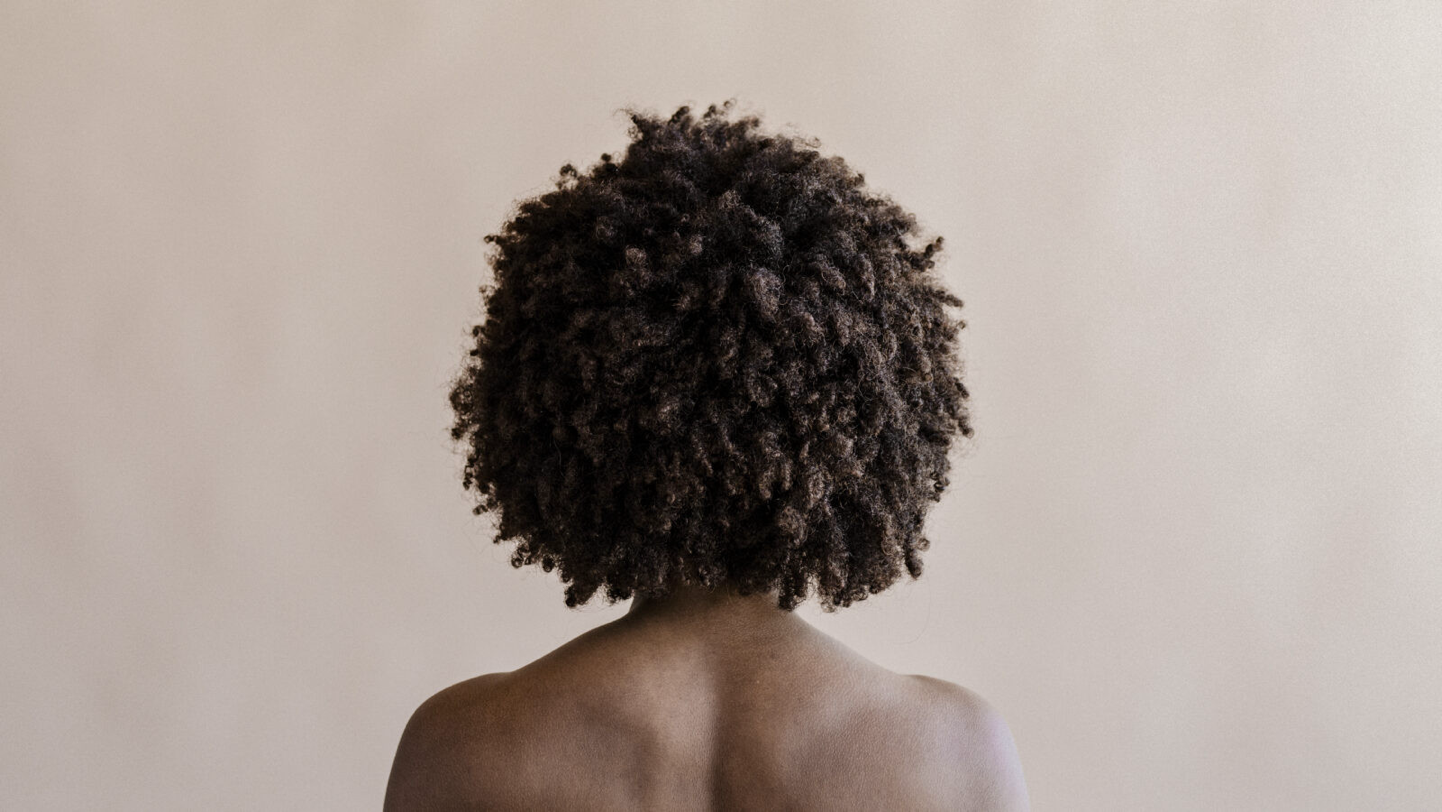s a Black woman with long, poofy hair, I was delighted to see Oregon join California and 11 other states that have passed laws against hair discrimination. In those states, workplaces and educational institutions can no longer legally discriminate against Black people for their hairstyles and hair texture.
A little-discussed aspect of hair discrimination is how it can affect medical care, something I began to seriously contemplate during the first year of my psychiatry residency.
Part of the training for psych residents is to observe electroconvulsive therapy, or ECT. This medical procedure, done under general anesthesia, delivers small electric currents through the brain. It is used to treat multiple severe psychiatric disorders, including severe major depression that has not responded well to other treatments.
Although safe, ECT does not come without risk, and can cause cognitive side effects, like memory or speech problems that can sometimes last for months.
To perform ECT, two electrodes are placed on a patient’s scalp in one of four arrangements: right unilateral, bifrontal, bitemporal, or left anterior right temporal placement (although this form is used less often). The right unilateral placement has fewer side effects, although it may be less effective. It is common to start with the right unilateral placement, due to its lower cognitive risk and, if it isn’t effective, progress to one of the other approaches. Unless, that is, the patient has voluminous, coiled hair, braids, or locs, like many Black people.
That’s because the right unilateral approach is the only one of the four that requires placing an electrode directly on the scalp, which requires some hair manipulation.
As I watched a white nurse swiftly move aside a white patient’s thin, wispy hair to expose the scalp without the use of a comb or detangling cream, I knew immediately that this method would never work on Afro-textured hair, the various thick, coiled hair textures of many populations in Africa and across the African diaspora.
“How do patients get unilateral ECT if they have thick, curly hair or if their hair is braided or in locs?” I asked. The psychiatrist performing the procedure shrugged. “I don’t know. They don’t use that form, I guess. Or they have to change their hair.”
I had many other questions but didn’t ask them because I knew the answer: the staff was not routinely trained in how to prepare Black hair for right unilateral ECT.
I looked at an ECT electrode, which measures about 5 centimeters in diameter, about the width of a business card. It would not fit in between most braided hair styles because braids are often close together, so the electrode would be sitting on top of the braids instead of on the scalp, which would be less effective. Even for people with unbraided Afro-textured hair, it would be difficult to expose enough of the scalp without extra training or personal experience: First, because Afro-textured hair is often thick and densely coiled, it cannot be moved aside to expose the scalp without the use of hair products and a comb. Second, the 5-centimeter electrode often partially sits on top of the hair as well as the scalp. With thin hair that lies flat across the scalp, this won’t significantly disrupt the signal. But with Afro-textured hair, which sometimes seems to defy gravity and extend outward from the scalp, the signal will emerge further away from the scalp and be less effective, or not effective at all.
That’s why people with Afro-textured hair would be encouraged to, as the psychiatrist I was observing said, either change their hair or be disqualified from using the unilateral form of ECT with fewer side effects. That raised the question for me: Why should Black people have to adapt to medical technology that was not designed for them?
ECT technology was clearly not made with Black hair in mind. But it is not alone. Other medical technologies, like the electroencephalogram (EEG) to record brain activity, have also not been designed with Black hair types in mind.
Black patients have been made to straighten their hair, which exposes it to heat damage, or even to shave it, in order to adapt to Eurocentric medical technology. Others must prematurely take down their expensive, braided hairstyles or their locs, which can result in hair loss, to receive unilateral ECT. Or staff members may be unable to correctly part their hair, causing the electrode to be farther from the scalp, making the treatment less effective.
This perpetuates racism and white supremacy with devastating medical consequences for Black patients needing this last-chance therapy.
It will take some effort to rectify this.
It should start with training individuals performing ECT to prepare Afro-textured hair for the procedure. Members of ECT staffs should be required to practice placing electrodes on different textures of hair, and ECT technology companies should provide this training when marketing their products. When patients are referred for ECT, it should be standard protocol to recommend in advance that they wear certain braided hairstyles like widely-spaced cornrows that naturally expose enough scalp for electrode placement.
And if patients are unable to braid their hair into cornrows themselves, ECT staff should be trained to do so, just as they are trained to shave a patient’s hair before neurosurgery.
Another essential fix is reformatting ECT electrodes, as has been done with other medical technology, to better accommodate thick, Afro-textured hair. Arnelle Etienne, a student at Carnegie Mellon University, observed that the electrodes used in electroencephalogram technology were difficult to place directly on the scalp of individuals with Afro-textured hair, and developed electrode clips that could fit between cornrows.
Psychiatry has a long history of racism, from diagnosis to restraint use. Neuropsychiatric technology should be added to the list. Denying Black patients access to a safer form of treatment is unacceptable and unjust. It’s time to expand the vision of how Black hair racism shapes not only the lives of people with hair like mine, but their medical care, too.
Amanda Joy Calhoun is an adult/child psychiatry resident at the Yale Child Study Center and Yale School of Medicine. She is also a Public Voices Fellow of the OpEd Project at Yale University.




